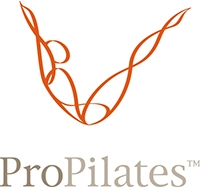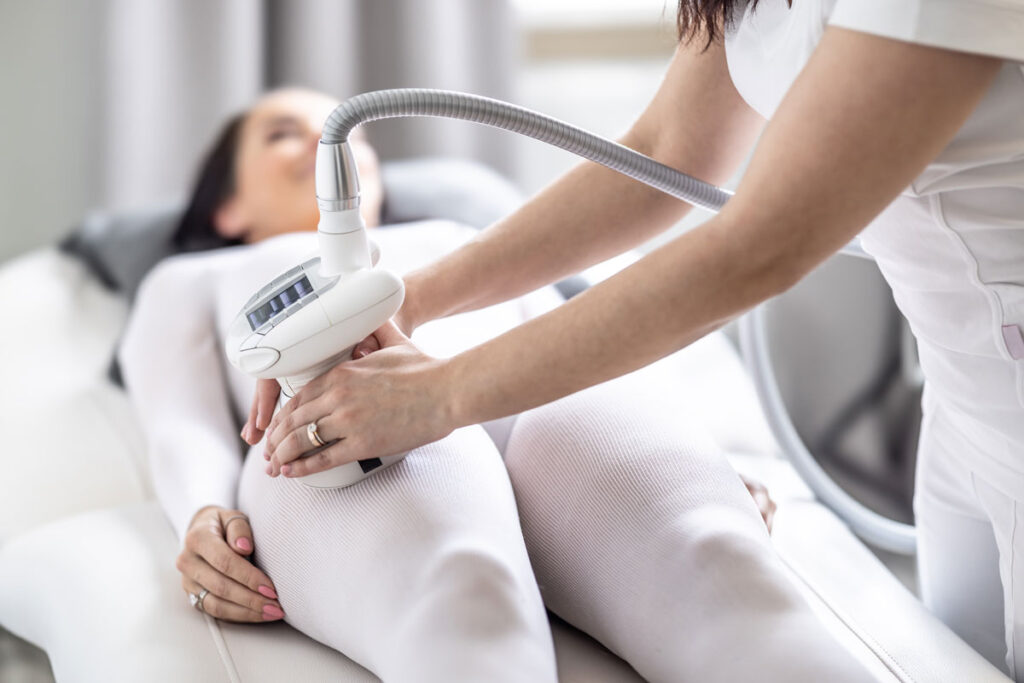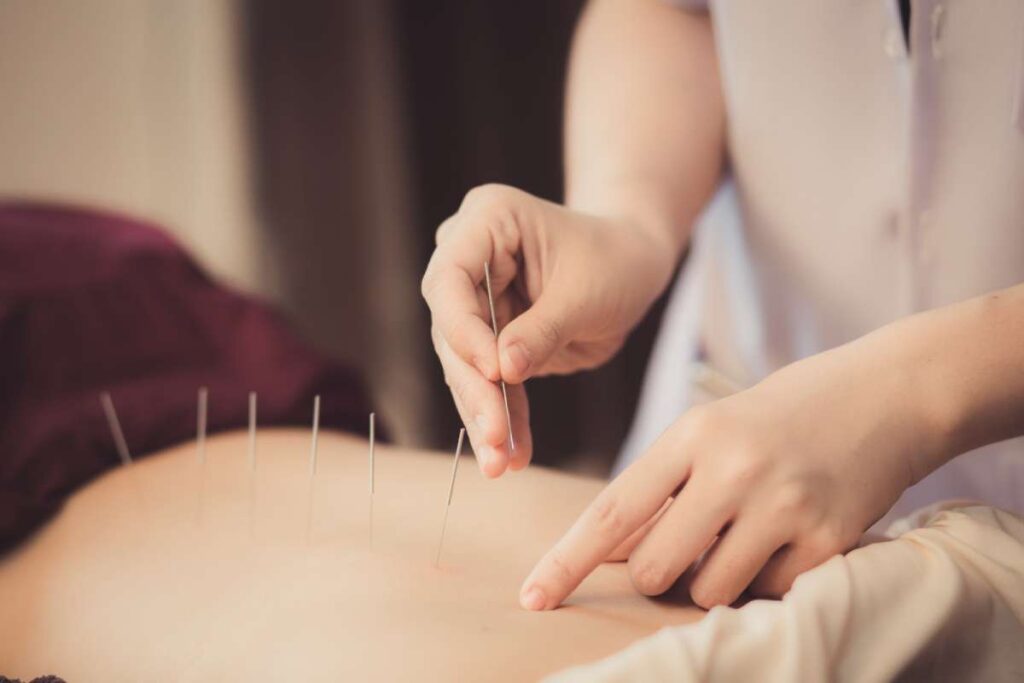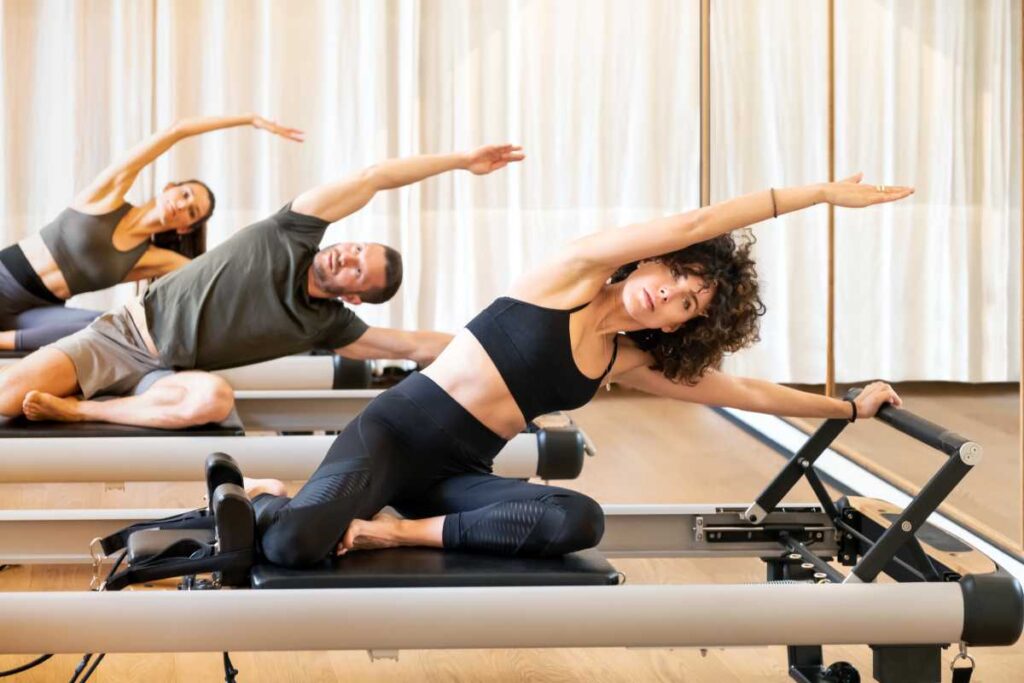Would you drive your car on an empty tank? No, because you realize you’d be doing harm to your vehicle, and potentially putting yourself in danger.
The same is true for your daily Pilates practice. If you hope to build a strong body-mind connection, you must do your part to fuel adequately yourself.
Remember that the brain is an organ in your body and needs proper nourishment to function at its peak. A healthful, nutritious Pilates diet will improve your clarity of thought and quality of movement. Most importantly, the right diet will ensure you achieve your goals.
Whether your goal is weight loss or higher consciousness, what you eat matters. Continue reading to learn our top tips about what to eat when doing Pilates.
The Link Between Pilates and Nutrition
Small nutritional changes can ensure your body works at its best. Here are the ways a balanced diet improves your overall Pilates practice.
- Improves joint movement
Certain foods can cause stiffness, inhibiting your joint movement. Likewise, the correct foods ensure your muscles become longer and more supple. - Decreases muscle tension
The looser you are, the more successfully you’ll be able to perform Pilates exercises. Your practice will become more satisfying, and you can work toward new goals. - Boosts flexibility
You’ll need flexibility to execute nearly every Pilates exercise. As you become more flexible, your enjoyment of your practice will grow. - Increases your energy levels
Is it ever hard to get yourself to the studio for Pilates at the end of a long day? The more natural energy you have, the more you’ll be able to enjoy your day. - Extends your stamina
The more stamina you have, the more Pilates you can do in a day! Longer workouts mean burning more calories, leading to a stronger, beautifully shaped body. - Improves quality of sleep
The human body tends to burn fat during restful sleep. Plus, sleep helps your body heal in between Pilates sessions.
The Best Diet for Pilates: What To Eat
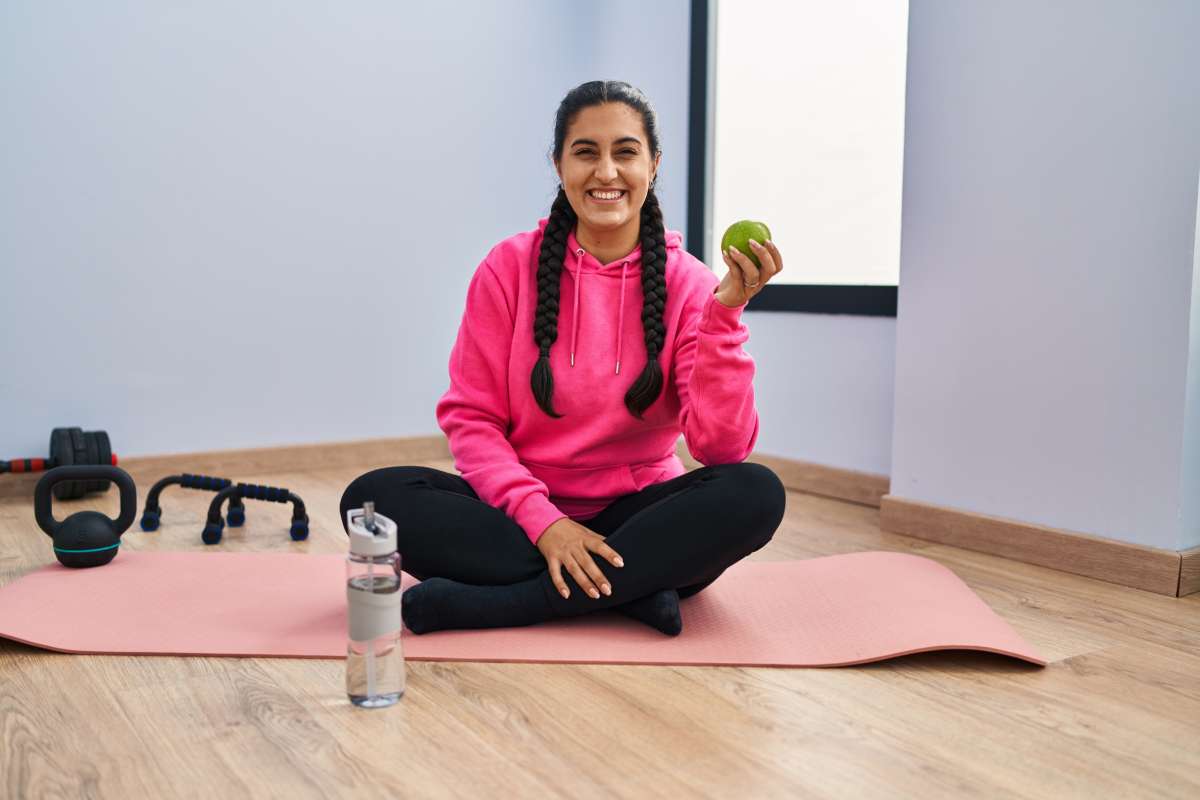
Are you ready to make small, actionable changes that will improve your Pilates practice and quality of life? Start with the tips below.
Keep Things Fresh
The best foods for a strong, lithe body are fresh fruits and vegetables. You can avoid harmful additives by preparing food at home whenever possible.
Consider starting a meal prep routine including fresh salads and seasonal fruits. When healthy, unprocessed food is on hand and available, you’re more likely to make the most nutritious choice.
If you’re using a Pilates diet to lose weight, this tip will work for you. Most fruits and vegetables are high-volume, low-calorie foods. That means you can eat more of them with a lower caloric impact.
At the same time, your body will absorb the nutrients it needs to function at its peak. If you balance diet and exercise, you’ll see quicker results. Fresh fruits and veggies can even boost your flexibility, leading to leaner and more supple muscles.
Avoid Nightshades and Lectins
Not every vegetable is part of the best diet for Pilates. Namely, avoid vegetables in the nightshade family. These include tomatoes, potatoes, eggplant, and peppers. They can cause muscle stiffness, which impacts your flexibility.
Likewise, you’ll find lectins in beans, lentils, peas, and soybeans. They tend to cause bloating, which leads to discomfort. Likewise, they are high-energy foods and can lead to weight gain.
Eat Early
The earlier you eat, the better you will sleep. The better you sleep, the better you will feel. Sleep activates fat-burning mechanisms, boosting your weight loss.
Hydrate Well
Your brain and body need water to function at the highest level. If possible, avoid diuretic drinks such as coffee. Skipping your cup of Joe takes the burden off your brain and liver. Instead, consider organic Hibiscus and Moringa teas for natural energy.
Practice on an Empty Stomach
Don’t eat before your next Pilates session. Exercising on an empty stomach will slim down your waist and tone your hips and buns.
Stick to Lean Protein
Protein is an excellent source of energy and important for building muscle. Rather than processed powders, incorporate lean meats and fish into your diet. We love low-calorie, high-energy options like salmon and grilled chicken.
Boost Your Bodymind Connection With a Balanced Pilates Diet
Pilates is more than just a daily workout. It’s a lifestyle shift that will improve the way you move, think, and feel. As you make Pilates a part of your life, you’ll begin to think more critically about the things you do. That includes what and when you eat.
The right Pilates diet will give your body what it needs to burn fat, reduce stiffness, and function at your peak.
The tips above are just the beginning. Learn about our clients’ Pilates success and transformation stories to get inspired! We cannot wait to welcome you to the ProPilates family!
